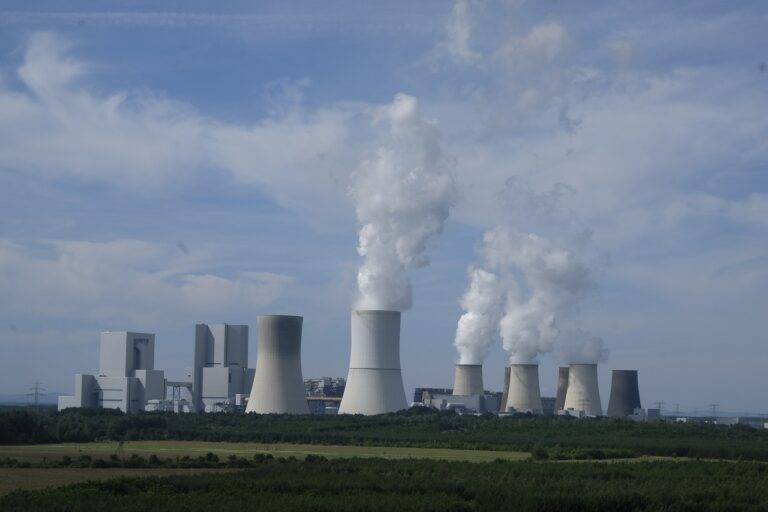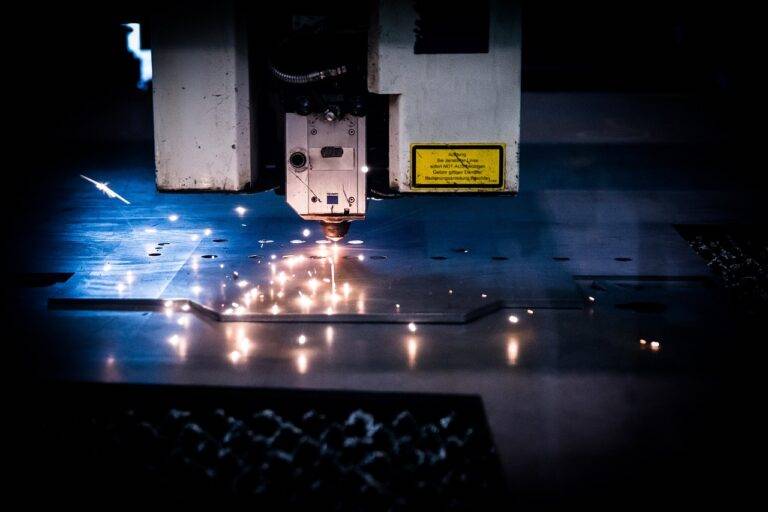The Promise of Fusion Energy: Clean, Safe, and Abundant Power for the Future
Harnessing the power of the stars has long been a dream of scientists seeking sustainable energy solutions. Fusion energy, the process that powers the sun and stars, holds the promise of abundant, clean energy without the drawbacks of traditional fossil fuels. By fusing together light atomic nuclei at extremely high temperatures and pressures, fusion reactions release immense amounts of energy.
One of the main challenges in achieving practical fusion energy on Earth lies in replicating the extreme conditions found in the cores of stars. Researchers around the world are exploring different approaches to confine and heat the fusion fuel, such as magnetic confinement and inertial confinement. Despite significant progress, practical fusion energy production still eludes us, but ongoing research and technological advancements continue to bring us closer to realizing the potential of fusion energy.
History of Fusion Research
Fusion research has a long and intricate history dating back to the early 20th century when scientists first began to explore the potential of nuclear fusion as a sustainable energy source. The groundbreaking work of renowned physicists like Hans Bethe and Enrico Fermi laid the foundation for future research endeavors in the field.
In the 1950s, the quest for nuclear fusion as a viable energy solution gained further momentum with the establishment of dedicated research programs worldwide. Milestones such as the development of the tokamak fusion reactor concept by Soviet physicists Igor Tamm and Andrei Sakharov marked significant advancements in fusion research, setting the stage for modern fusion experiments and initiatives.
What is fusion energy?
Fusion energy is the process of combining two light atomic nuclei to form a heavier nucleus, releasing a large amount of energy in the process. This is the same process that powers the sun and other stars in the universe.
When did research on fusion energy begin?
Research on fusion energy began in the early 20th century, with the first experiments taking place in the 1930s.
What are the benefits of fusion energy?
Fusion energy has the potential to provide a clean, abundant, and sustainable source of power. It produces no greenhouse gas emissions and generates minimal waste.
How far along are we in achieving practical fusion energy?
While significant progress has been made in fusion research, practical fusion energy is still a long way off. Scientists are working on overcoming technical challenges to make fusion reactors commercially viable.
What are some of the major milestones in the history of fusion research?
Some major milestones in fusion research include the development of the tokamak design in the 1950s, the first controlled fusion reaction in 1991, and the construction of ITER, the world’s largest fusion experiment, in the 21st century.





